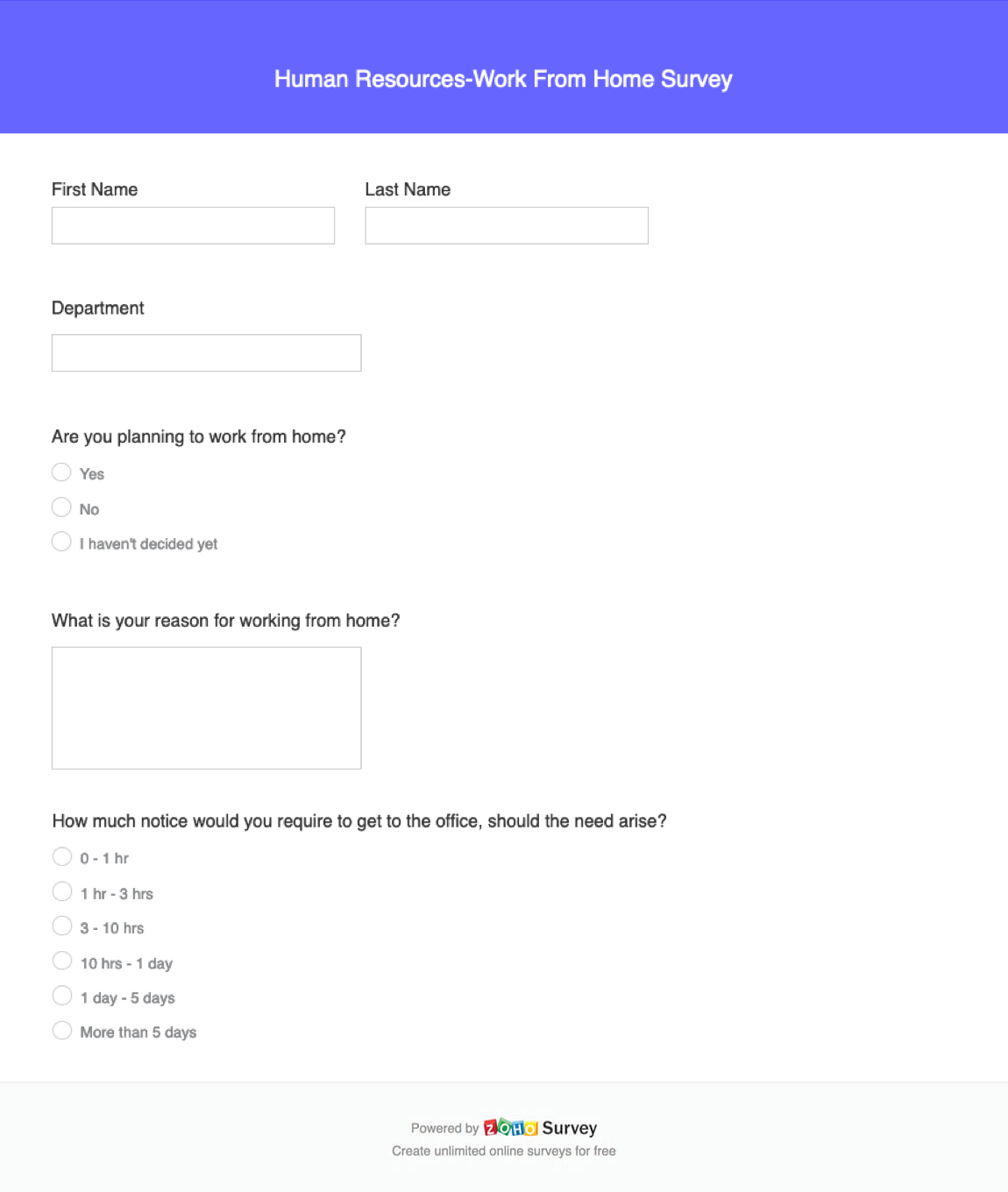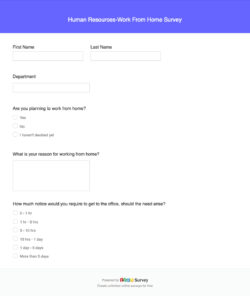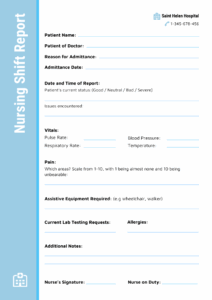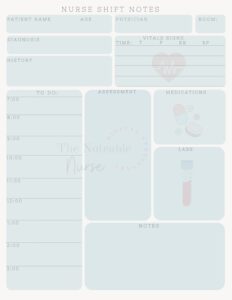The landscape of work has undergone a monumental shift, with working from home becoming a central part of many organizations’ operations. What was once a niche benefit is now a widespread reality, bringing with it both incredible opportunities and unique challenges. As companies navigate this new terrain, understanding how employees are truly faring in their home offices is more critical than ever. It’s not just about providing laptops and internet access; it’s about fostering a productive, supportive, and sustainable remote work environment.

This is where the power of listening comes into play. Without direct feedback, it’s impossible for leaders to accurately gauge the pulse of their remote workforce. Are employees feeling isolated? Do they have the right tools? Is their work-life balance suffering? These are questions that demand answers, and a well-designed survey is the most effective way to get them. By proactively gathering insights, organizations can make informed decisions that genuinely support their teams and enhance overall operational success.
Why Your Organization Needs a Working From Home Survey
Implementing a working from home survey is far more than a simple tick-box exercise; it’s a strategic imperative for any organization committed to employee well-being and sustained productivity in a remote setting. The insights gathered can highlight blind spots, validate successful initiatives, and pave the way for a more resilient and adaptable workforce. Without this direct channel of communication, assumptions can easily replace reality, leading to missed opportunities for improvement and potentially undermining employee morale.
One of the primary benefits is the ability to identify specific challenges employees face when working remotely. These might range from technical difficulties and inadequate equipment to feelings of isolation, increased stress, or blurred lines between personal and professional life. Understanding these pain points allows management to address them head-on, whether through providing better resources, implementing new communication protocols, or offering mental health support programs tailored to remote workers.
Furthermore, a survey can serve as a powerful tool for boosting employee engagement and morale. When employees see that their feedback is genuinely sought and acted upon, it builds trust and demonstrates that the organization values their experience. This sense of being heard can significantly contribute to job satisfaction and a stronger connection to the company culture, even when physical distance separates team members. It transforms a potentially isolating experience into one where individuals feel supported and integral to the collective success.
Ultimately, the data derived from a comprehensive working from home survey template is invaluable for informing future policy decisions and strategic planning. Whether your company is considering a hybrid model, fully remote, or a return to office, the feedback from those directly involved is crucial. It allows leaders to tailor policies that truly reflect employee needs and operational realities, rather than relying on guesswork. This evidence-based approach ensures that remote work strategies are robust, equitable, and sustainable for the long term.
Key Areas to Cover in Your Survey
- Technology and Equipment: Assessing the adequacy of tools, internet connectivity, and hardware provided.
- Communication and Collaboration: Evaluating the effectiveness of internal communication channels and team collaboration tools.
- Work-Life Balance: Understanding challenges related to managing personal and professional boundaries, stress levels, and flexibility.
- Productivity and Focus: Gauging perceived productivity, ability to focus, and any distractions encountered.
- Support and Resources: Checking awareness and utilization of available HR, IT, and well-being support.
- Company Culture and Connection: Measuring feelings of belonging, inclusion, and connection to colleagues and the organization.
Crafting an Effective Working From Home Survey Template
Designing a working from home survey template that yields actionable insights requires careful thought and a clear understanding of your objectives. It’s not enough to simply ask if employees are happy; you need to probe deeper into the factors that contribute to their overall experience, both positive and negative. Start by defining what you hope to learn. Are you looking to improve IT support, enhance team communication, or better understand employee well-being? Your objectives will guide the types of questions you include.
Keep your survey concise and to the point. While it might be tempting to ask every conceivable question, a lengthy survey can lead to respondent fatigue and lower completion rates, compromising the quality of your data. Prioritize questions that directly address your objectives and avoid redundancy. Use a mix of question types, including multiple-choice, Likert scales (e.g., strongly agree to strongly disagree), and open-ended questions, to gather both quantitative data and qualitative insights.
Anonymity is paramount for encouraging honest and candid feedback. Employees are more likely to share their true experiences and concerns if they are confident that their responses will not be linked back to them personally. Clearly communicate your commitment to anonymity at the outset of the survey. This builds trust and ensures that the feedback you receive is a genuine reflection of your workforce’s sentiments, rather than what they think management wants to hear.
Consider the timing and frequency of your surveys. A single survey might provide a snapshot, but regular check-ins can track trends and the effectiveness of implemented changes over time. For instance, a quick pulse survey might be useful for immediate feedback on a new initiative, while a more comprehensive annual survey can provide a broader overview. Regardless of frequency, ensure you have a plan for analyzing the data and, crucially, for communicating back to employees how their feedback has been utilized.
Investing in a robust working from home survey is an investment in your people and, by extension, in the resilience and adaptability of your organization. By systematically gathering and acting upon employee feedback, you create a remote work environment that isn’t just functional, but truly thriving. This proactive approach ensures that your workforce remains engaged, productive, and supported, no matter where their office happens to be.
Ultimately, a well-executed survey helps bridge the physical distance, fostering a stronger connection between employees and the company’s strategic vision. It allows organizations to move beyond assumptions, building policies and support systems that are genuinely responsive to the evolving needs of their distributed teams. The result is a more human-centered approach to remote work, benefiting both the individual employee and the broader business objectives.



